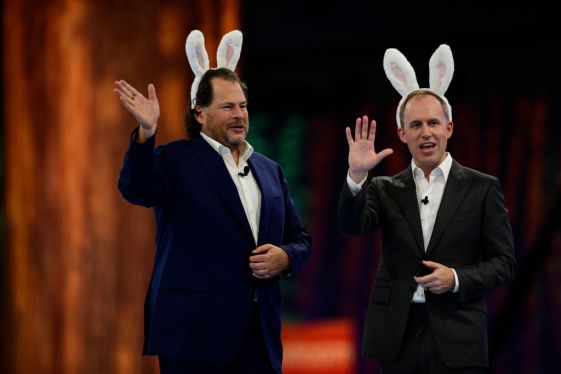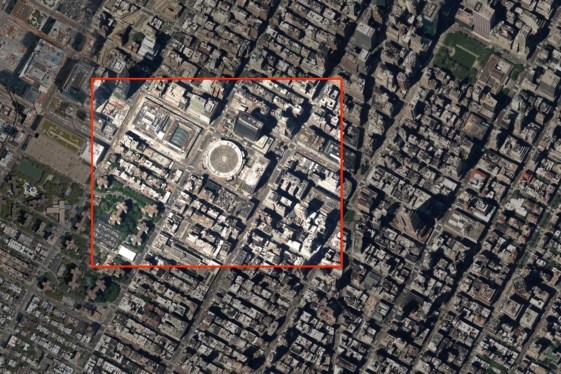Introduction
The world of enterprise software leadership is often a place of tension, mergers, and acquisitions. Yet, one incident that stands out is the dramatic departure of Bret Taylor from Salesforce, following his time as co-CEO alongside Marc Benioff. This article delves into the complexities of their relationship, the underlying reasons for Bret’s exit, and what this signifies for Salesforce.
The Tension Between Marc Benioff and Bret Taylor
Background on Bret Taylor
Bret Taylor, a veteran executive with a distinguished career in technology, had been serving as Salesforce’s co-CEO since 2016. His tenure marked a period of significant growth for the company, but his time at the helm has been fraught with challenges. Bret’s exit, announced last week, was met with mixed reactions both within and outside the company.
The Tension
The crux of the matter lies in the relationship between Marc Benioff and Bret Taylor. Reports suggest that tensions flared over several factors:
- Co-CEO Roles: Bret held the dual title of co-CEO alongside Marc, a position he had accepted with enthusiasm. His time was divided between Salesforce and Twitter, where he served as a board chair until its dissolution.
- Workload Demands: The demands of balancing two co-CEO roles were immense. Bret found himself stretched thin, juggling responsibilities that required significant mental and physical stamina.
The Oddities of the Departure
The Resignation Announcement
Bret’s departure was preceded by a surprise resignation announcement. Marc Benioff hinted at Bret’s concerns during a fireside chat with Glassdoor, revealing his frustration over the growing engineering team’s influence on business decisions.
The Exit Interview
Despite the turmoil, Bret remained optimistic about his future within Salesforce. He expressed gratitude to Marc for his mentorship and highlighted his desire to continue contributing to the company.
A Possible Break-Up
While Bret remained a key figure in Salesforce’s early days, his exit may be seen as a potential break-up of the co-CEO partnership. Marc’s focus on engineering suggests that Bret’s influence has diminished.
The Impact Beyond the Resignation
An Alternative Vision for Co-CEOs
Anshu Sharma, Salesforce’s chief technology officer, questioned the viability of the co-CEO model in an interview with CNET. Her comments hinted at a potential shift away from the traditional partnership model.
- Lessons from History: Sharma referenced historical cases where co-CEOs led to operational complexities and financial challenges.
The Future of Salesforce
Bret’s exit raises questions about Salesforce’s leadership strategy:
- Marc Benioff as CEO: Marc has taken on a more active role in day-to-day management, indicating a shift in the company’s governance structure.
- Focus on Engineering: With Bret moving into a board chair position at Twitter and concentrating on Salesforce’s engineering initiatives, Marc’s role has expanded beyond traditional CEO duties.
The Larger Picture
The departure of Bret Taylor underscores several trends:
- Diversification of Roles: As companies grow, leaders must balance multiple responsibilities.
- Adaptation to Change: The tech landscape is dynamic, requiring leaders to be agile and adaptive.
Conclusion
Bret Taylor’s exit from Salesforce serves as a microcosm of leadership challenges in the tech industry. While his departure has sparked discussions about operational efficiency and executive roles, it also highlights the complexities involved in managing growth and change. Marc Benioff’s evolving role suggests that Salesforce is undergoing significant transformation.



